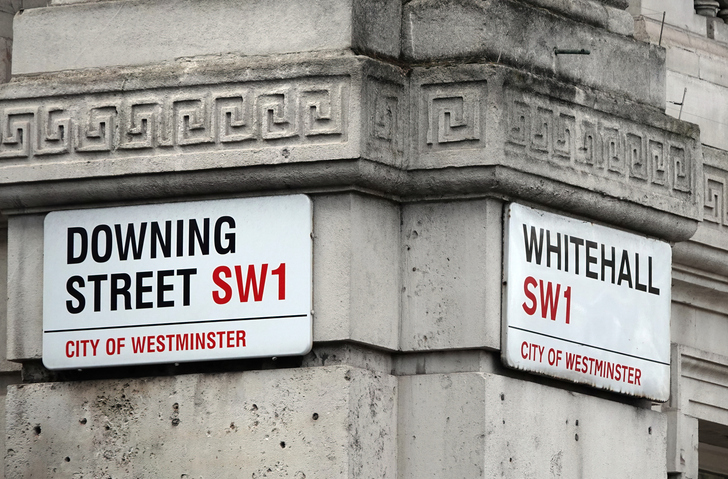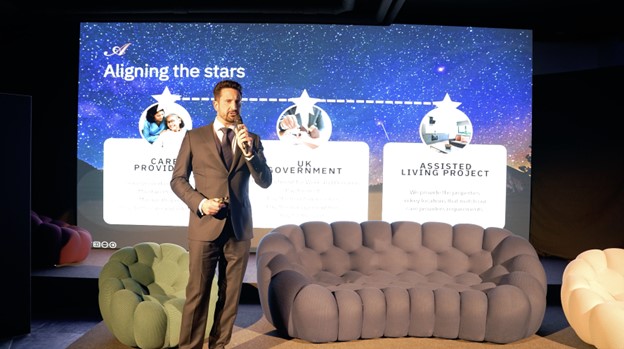Soon, you could be thinking of something like the behemoth pictured – green roofing, which helps to reduce the “heat island effect” in towns and cities.
Green roofs save energy by replacing air conditioning plant with live plants – the surprisingly vegetative lamb and elephant ears, to be precise – which absorb less heat than concrete and can also cool the air via the process of evapotranspiration. The roofs also reduce the risk of flooding by absorbing rainwater.
Tijana Blanusa, a Royal Horticultural Society researcher based at the University of Reading, compared a variety of plants to see if differences in leaf shape and structure would have varying effects on the temperature of the air above them, and discovered over a two-year period that lamb’s ear has the coolest leaves.
Says Blanusa: ‘There is a growing movement in terms of research and environmentalists who are progressing this idea, and Britain could be next in line after Germany to take it up.’
There was certainly a lot of corporate interest at the World Green Roof Congress, which brings together leading green roof experts from across the world and provides a platform for communicating the latest green roofing case studies, research and policy initiatives.
From a CSR point of view, green roofs are a very visible sign of a company’s eco-friendly credentials, so it may not be long before our workplaces are adorned with this most natural means of air conditioning.






